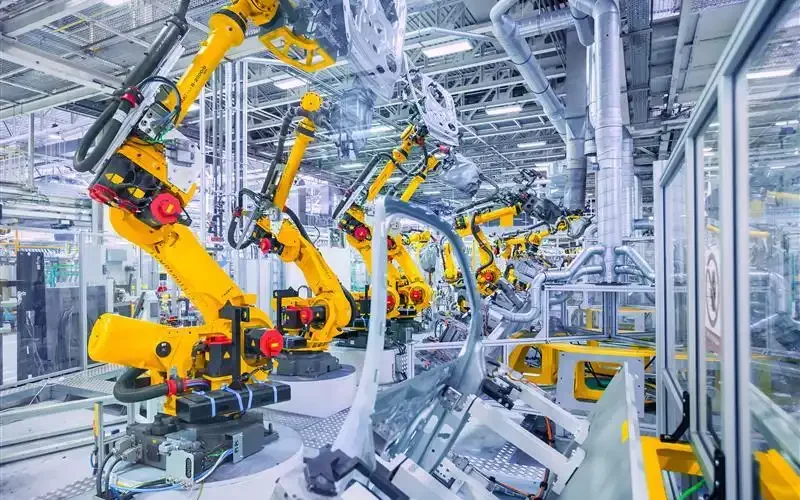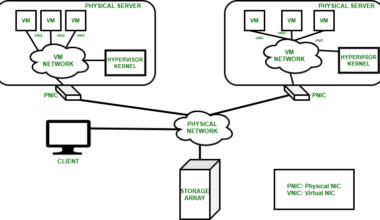Introduction
In today’s competitive manufacturing environment, it is more important than ever to maximize efficiency. By reducing waste and increasing productivity, manufacturers can improve their bottom line and stay ahead of the competition.
There are many things that manufacturers can do to improve efficiency in their factories. Some of these measures include:
- Reducing material waste. This can be done by improving the design of products, using more efficient manufacturing processes, and recycling waste materials.
- Increasing productivity. This can be achieved by investing in new equipment, training employees, and improving the flow of work through the factory.
- Eliminating bottlenecks. Bottlenecks are areas in the production process where work slows down or stops. By identifying and eliminating bottlenecks, manufacturers can improve the overall efficiency of their factories.
In this article, we will discuss some of the most effective ways to maximize efficiency in your factory. We will also provide tips on how to implement these measures and measure your progress.
Reducing Material Waste
Material waste is one of the biggest sources of inefficiency in manufacturing. By reducing material waste, manufacturers can save money and improve their environmental impact.
There are many ways to reduce material waste in a factory. Some of these methods include:
- Designing products for manufacturability. This means designing products that are easy to manufacture and that use less material.
- Using efficient manufacturing processes. This includes using processes that minimize waste and that produce high-quality products.
- Recycling waste materials. This can save money and reduce the environmental impact of manufacturing.
Increasing Productivity
Productivity is the amount of output produced by a worker or machine in a given amount of time. By increasing productivity, manufacturers can produce more products in less time, which can lead to increased profits.
There are many ways to increase productivity in a factory. Some of these methods include:
- Investing in new equipment. This can help to improve the efficiency of manufacturing processes and reduce the amount of manual labor required.
- Training employees. This can help employees to learn new skills and to become more efficient at their jobs.
- Improving the flow of work. This can be done by organizing the factory in a way that minimizes the movement of materials and people.
Eliminating Bottlenecks
Bottlenecks are areas in the production process where work slows down or stops. By identifying and eliminating bottlenecks, manufacturers can improve the overall efficiency of their factories.
There are many ways to identify bottlenecks. One way is to track the flow of work through the factory and to identify areas where there are delays. Another way is to use statistical tools to analyze the data and to identify patterns of inefficiency.
Once bottlenecks have been identified, they can be eliminated by making changes to the production process. These changes may involve rearranging the equipment, changing the routing of materials, or adding more workers to the bottleneck area.
Implementing Efficiency Measures
Once you have identified the areas where you can improve efficiency, you need to implement the necessary changes. This may involve making changes to the design of your products, the layout of your factory, or the way you manage your workforce.
It is important to measure the results of your efficiency measures so that you can see if they are having the desired impact. You can measure efficiency by tracking the amount of waste produced, the amount of time it takes to produce a product, or the number of products produced per hour.
Conclusion
By following the tips in this article, you can maximize efficiency in your factory and improve your bottom line. Remember to measure the results of your efforts so that you can see if you are making progress.
Here are some additional tips for maximizing efficiency in your factory:
- Use a continuous improvement methodology. This will help you to identify and eliminate inefficiencies on an ongoing basis.
- Involve your employees in the improvement process. This will help to ensure that the changes are implemented effectively and that they are supported by the workforce.
- Use technology to your advantage. There are many software and hardware solutions that can help to improve efficiency in the factory.
By following these tips, you can make your factory more efficient and competitive.thumb_upthumb_downuploadGoogle itmore_vert











